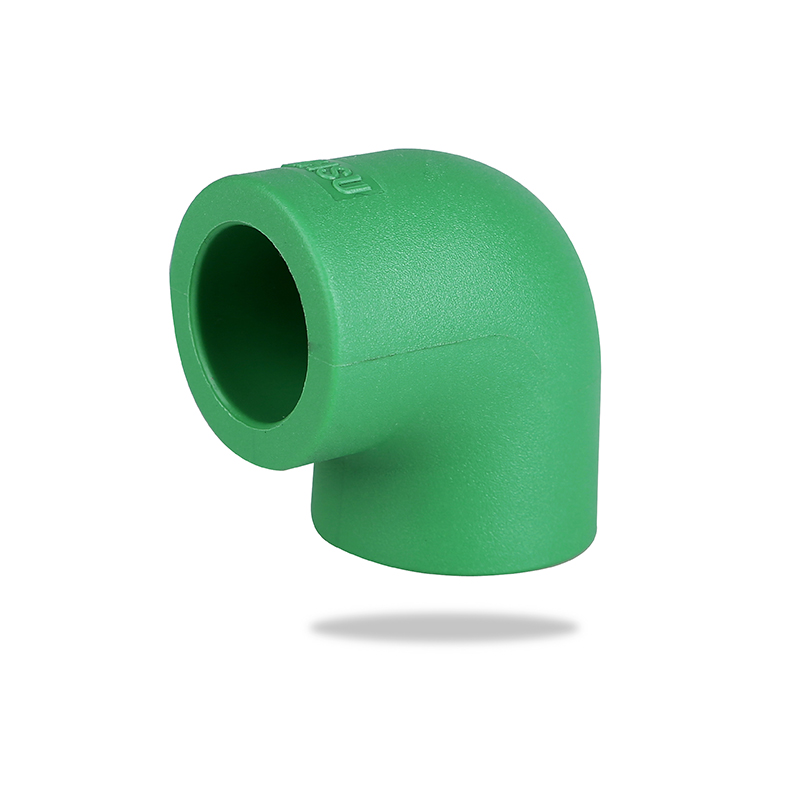PPR fittings are widely used in plumbing, heating, and industrial applications due to their remarkable stability under high temperatures and in corrosive environments. This stability is crucial for ensuring long-term performance and reliability in various systems.
PPR fittings can withstand temperatures up to 95°C (203°F) for hot water applications, with some specialized grades even capable of handling higher temperatures temporarily. This thermal stability is vital for systems that transport hot fluids, as it prevents deformation or failure of the fittings over time. The ability to maintain structural integrity at elevated temperatures ensures that the fittings do not warp or leak, which can lead to system failures and costly repairs.
One of the significant advantages of PPR fittings is their low thermal expansion coefficient. This means that PPR fittings undergo minimal dimensional changes when subjected to temperature fluctuations. As a result, they maintain their shape and fit tightly within the piping system, reducing the risk of leaks due to gaps created by thermal expansion or contraction. This dimensional stability is especially critical in systems that experience varying temperatures, such as in heating and cooling applications.
When PPR fittings are exposed to high temperatures over extended periods, their material properties remain largely unchanged, unlike some plastics that may degrade or become brittle. This longevity under heat translates to fewer replacements and lower maintenance costs, contributing to overall system reliability.

PPR fittings exhibit excellent resistance to a wide range of chemicals, including acids, bases, and salts. This chemical stability ensures that the fittings do not corrode when in contact with aggressive substances, maintaining their integrity over time. In environments where metal fittings would typically corrode and fail, PPR fittings provide a stable alternative, significantly enhancing the longevity of the piping system.
Unlike metal fittings that are prone to rust and degradation when exposed to moisture, PPR fittings do not rust. This characteristic is particularly beneficial in plumbing systems, where water exposure is inevitable. The absence of rust ensures that the water quality remains unaffected, providing safe drinking water and reducing the need for frequent system maintenance.
The ability of PPR fittings to resist corrosion allows them to perform reliably in various industries, including chemical processing, food production, and waste management. In these sectors, where exposure to harsh chemicals is common, the stability of PPR fittings ensures continuous operation without the risk of leaks or failures due to corrosion.
The high-temperature resistance and corrosion resistance of PPR fittings contribute significantly to their stability in several ways:
The ability to withstand high temperatures and aggressive chemicals without degradation ensures that PPR fittings perform reliably over time, reducing the likelihood of system failures.
The durability and longevity of PPR fittings translate to lower maintenance costs and fewer replacements, making them a cost-effective choice for various applications.
The dimensional stability and resistance to corrosion mean that PPR fittings maintain their connections and do not compromise the integrity of the piping system, thus preventing leaks and ensuring safe operation.
The stability of PPR fittings is a direct result of their high-temperature and corrosion resistance. These properties not only enhance their performance but also contribute to the overall reliability and longevity of the systems in which they are used. As industries continue to seek durable and efficient solutions, PPR fittings will remain a top choice for many applications.

 简体中文
简体中文 English
English русский
русский Español
Español Français
Français عربى
عربى Português
Português












